Swiss tower blocks are on the rise
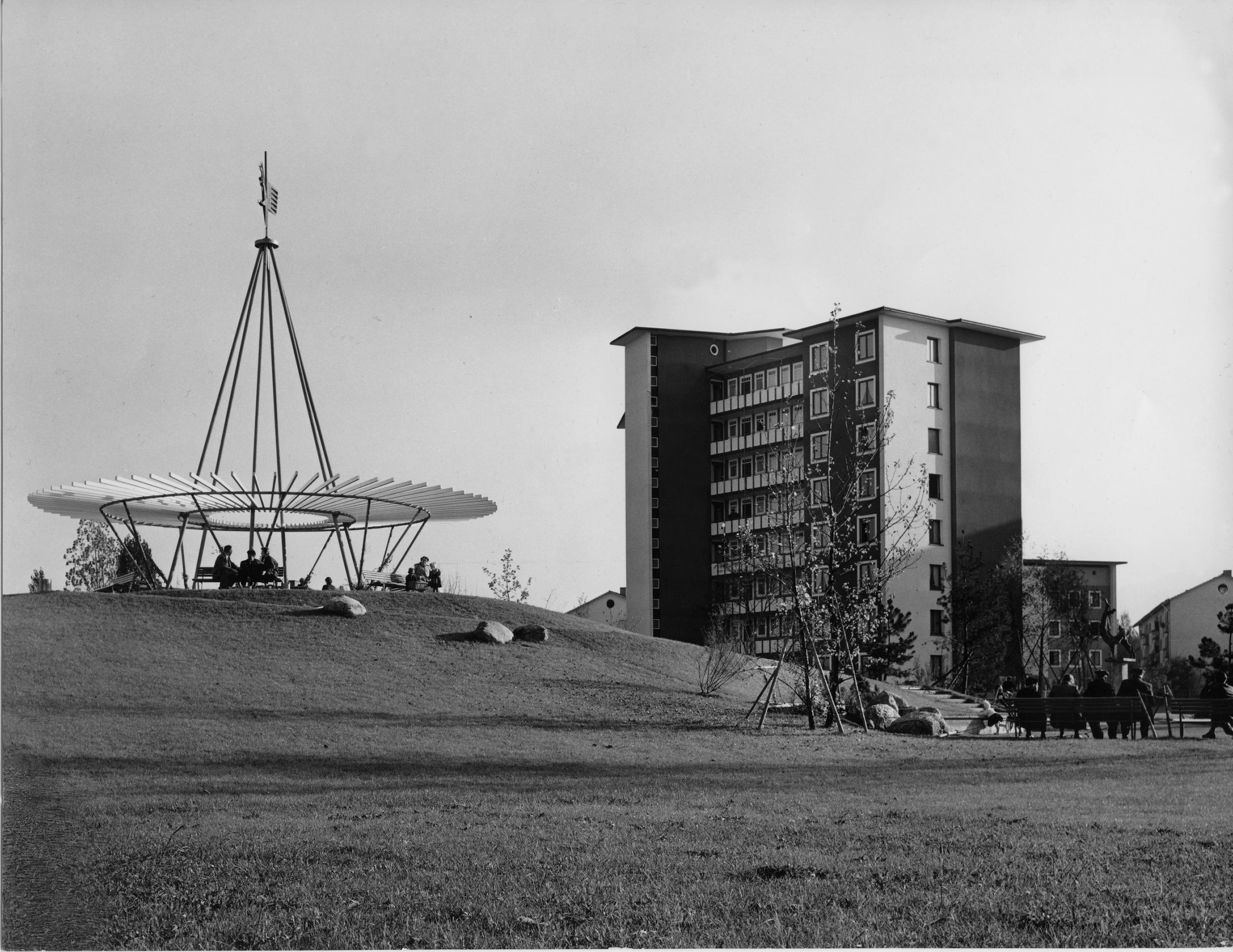
Living in a block of flats used to have a certain stigma attached to it: inhabitants who lived high up were seen as coming from lower down the social ladder. But high-rise living's reputation is being shrugged off, and there's now a growing trend of high-end apartment blocks being built across Switzerland.
The way in which tower blocks were built was criticised between the 1950s and 1970s. In 1967, a documentary by Swiss public television, SRF, about the LochergutExternal link block in Zurich described it as “anonymous” and “confined”.
The programme’s commentary criticised this style of building as “inhumane”, with “a uniform monotony”, adding, “you could almost forget that children also live here”.
In fact, in the Lochergut building, play areas for children weren’t easily accessible for families living on higher floors. Unless parents physically watched over younger children, it was difficult for parents to multi-task, according to the report.
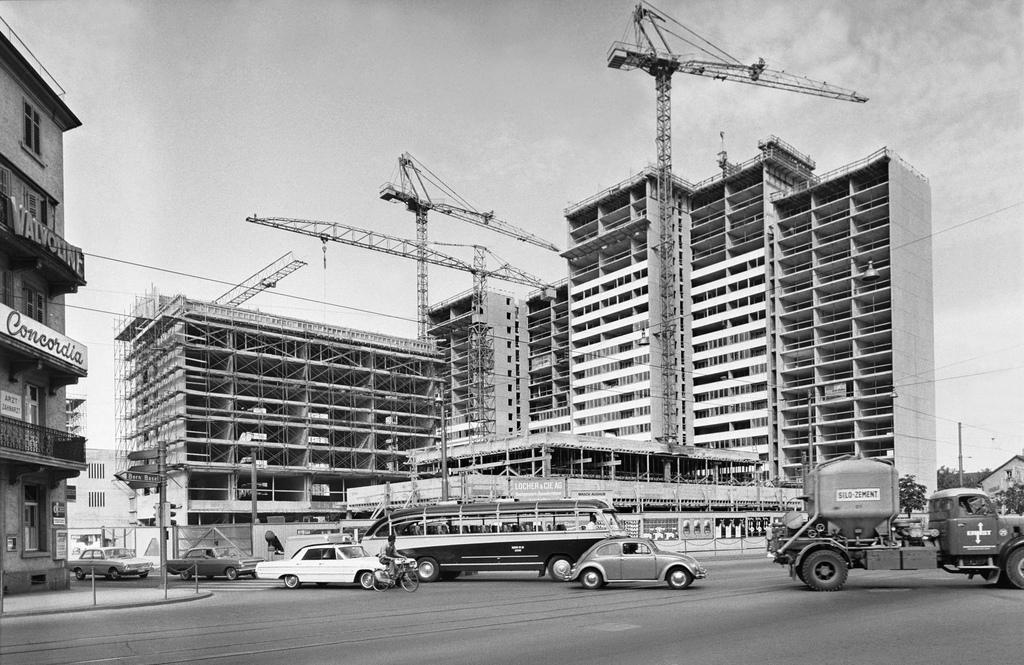
Swiss writer Max Frisch, who was initially all for high-rise living, lived for a short time in the building complex before concluding that he didn’t feel comfortable living there.
“There is no contact,” he wrote. “I don’t think it was me, but the situation in this building.”
The Neue Zürcher Zeitung (NZZExternal link) wrote about a reported murder in the building in 1967.
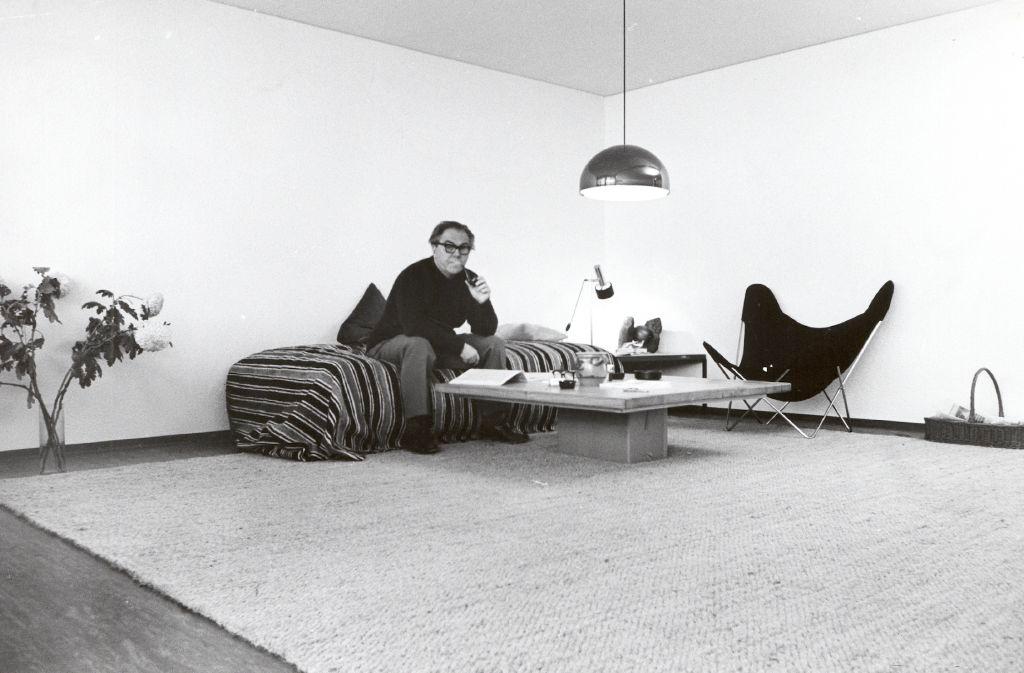
Universal health and social problems
The criticism wasn’t limited to the buildings in Switzerland. In 2013, a report published by the European Journal of EpidemiologyExternal link estimated that one in six European dwellings – housing some 36 million people – was in high-rise buildings. Mostly built in the 1960s and 1970s, they had fallen into disrepair.
Having been erected in more deprived areas, they were deemed to have a detrimental influence on the socioeconomic health of a community. Many of the tower blocks built during the construction boom at the time had provided cheap social housing in the lower floors. In the 1970s some architects even claimed that “there is abundant evidence to show that high buildings make people crazy”, according to the study.
The higher you live, the more you give
But the situation has gradually changed. Today in urban regions of Switzerland, a trend has grown and more residential towers are being constructed. Living in high-rise apartment buildings has become particularly popular for couples with a double income and no children. For those who can afford it, a view of the urban skyline in a prime location is very popular.
“It is obvious that high-rise buildings are mirrors of the interests of an epoch,” explains Laurent Stalder, head of the Institute for History and Theory of Architecture (GTA) in Zurich.
“Towers are today reflecting corporate values,” he says, giving the examples of the Mobimo Tower in Zurich, a hotel tower with luxury purchasable apartments on the top nine floors, or the Roche Tower in Basel. The latter being the headquarters of the pharmaceutical group Roche.
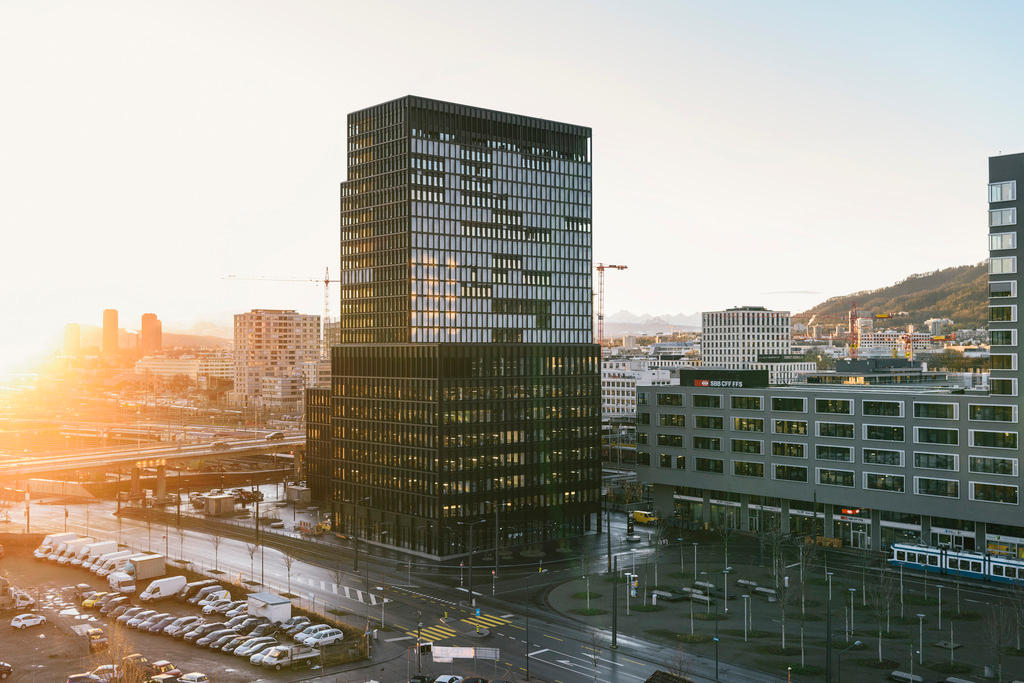
What used to be deemed an unhealthy and anti-social way of living appears to have become a symbol of wealth and health. Today ZurichExternal link is the third most expensive place to construct apartments, after New York and San Francisco, at a cost of approximately CHF3,395 ($3,510) per square metre.
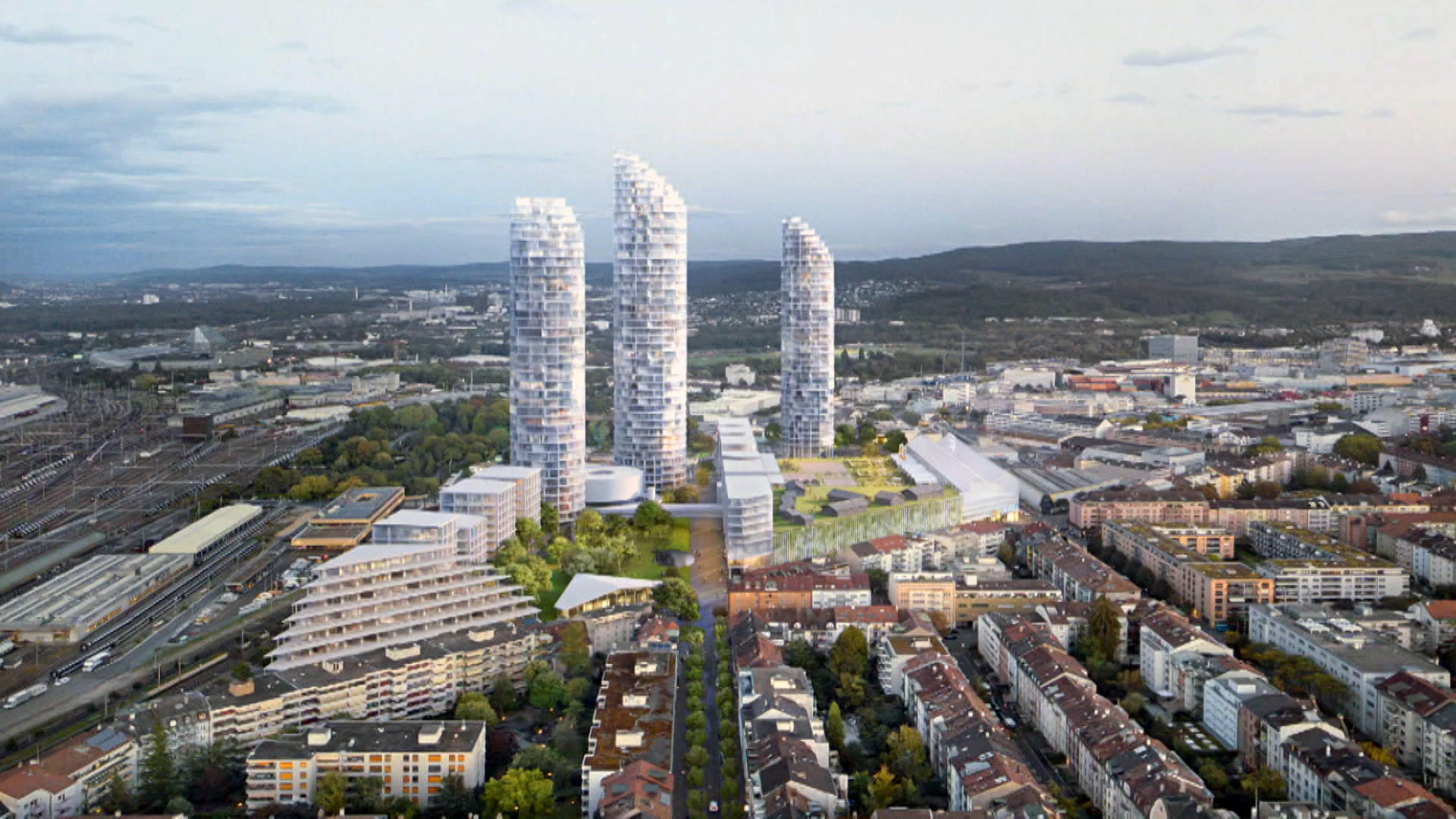
More
Skyscraper living is in high demand

In compliance with the JTI standards
More: SWI swissinfo.ch certified by the Journalism Trust Initiative









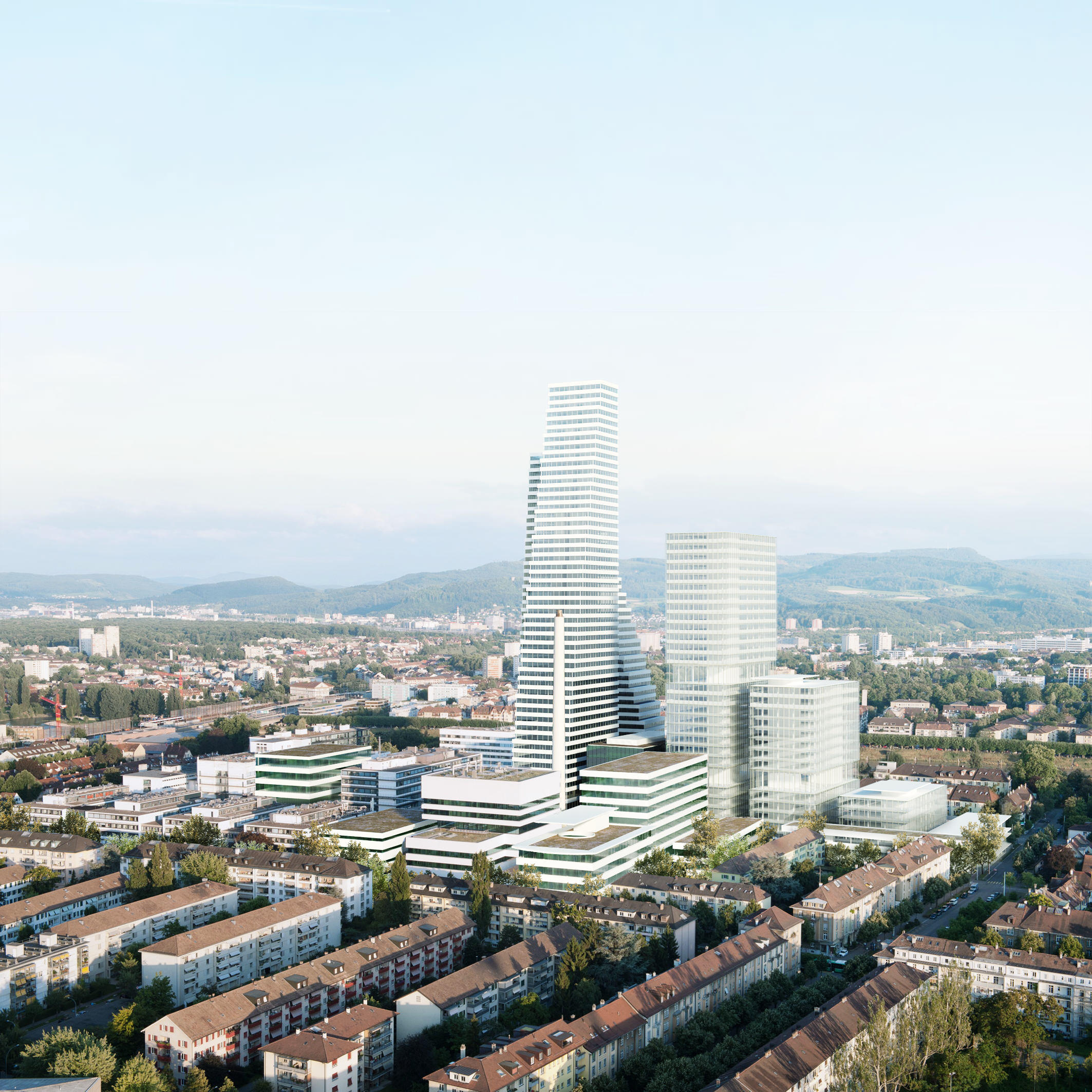

You can find an overview of ongoing debates with our journalists here . Please join us!
If you want to start a conversation about a topic raised in this article or want to report factual errors, email us at english@swissinfo.ch.